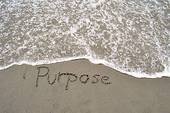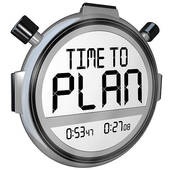Some people become leaders no matter what their chosen path because their positive energy is so uplifting. Even in tough times, they always find a way. They seem to live life on their own terms even when having to comply with someone else’s requirements. When they walk into a room, they make it come alive. ~Rosabeth Moss Kanter
Influence and information have been attributes many times associated with creating high performance. But influence and information don’t come close to energy. “Those who positively energize others are high performers. Position in an energy network is 4 times the predictor of performance compared to position in information or influence networks.” [Kim Cameron, PhD, in Positive Leadership]
Who are these positive energizers? Well, it’s not dependent upon their position; anyone in an organization can have positive energy. Kim Cameron’s research revealed that energizers are the people who “create and support vitality in others. They uplift and boost people. They leave others feeling elevated and motivated. They have been found to be optimistic, heedful, trustworthy, and unselfish.”
Cameron’s study also determined that “Positive energy is not a personality attribute, inherent charisma, or physical attractiveness. It’s nota matter of merely being gregarious or outgoing. It’s notcorrelated with being extroverted. It’s a learned behavior.” In other words, we can all become positive energizers, it’s a choice.
The affects of positive energy are staggering. The research concluded that “High performing firms have 3 times as many positive energizing networks than lower performing firms. Not only do these people affect business and employee performance; employees’ families are significantly influenced for the better by positive leaders.”
So, if the affect of positive energy is so significant, why aren’t there more positive energizers, especially among leadership?
I think the answer to that question is exposed in the attributes of positive energy: heedful [thoughtful, careful, attentive], trustworthy, and unselfish. Cameron adds to the list qualities of a positive climate: compassion, forgiveness, and gratitude. Not exactly what we many times think creates energy (charisma, extremely outgoing, bustling, shaking things up, etc.).
I heard Cameron speak at an executive roundtable last week; he was joined by business owner and author, PaulSpiegelman. Both the academician and the practitioner emphasized that these attributes need to be part of your policies, practices, and personal behavior in order to create a positive climate. Within that positive climate more positive energizers will emerge. It really can be a learned behavior.
In the coming weeks I’ll go more deeply into compassion, forgiveness, and gratitude and what that can look like, practically, in organizations.
In the meantime…got energy? Are we creating positive energy through compassion, forgiveness, and gratitude?




